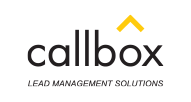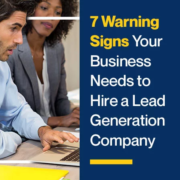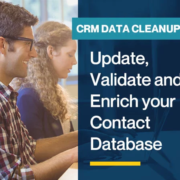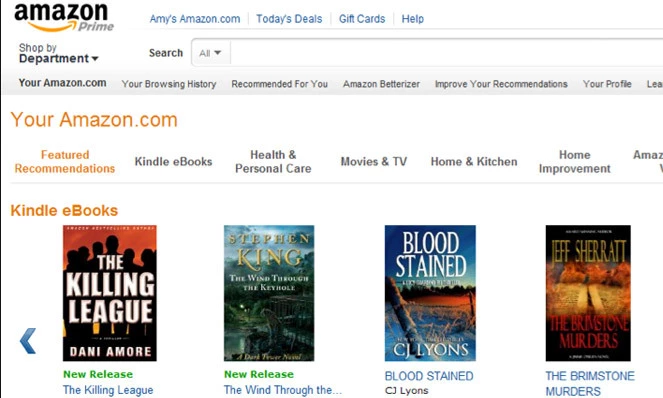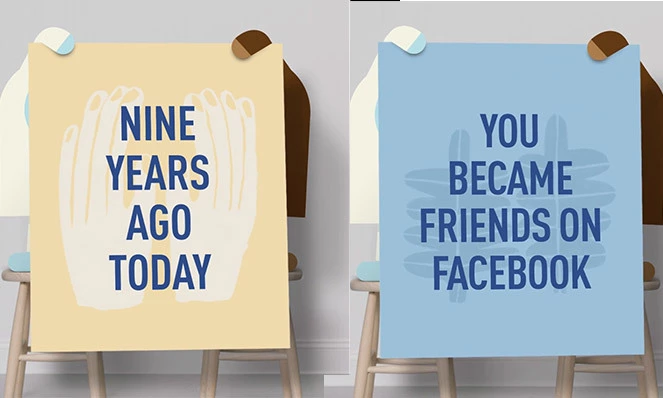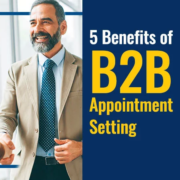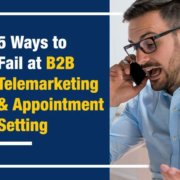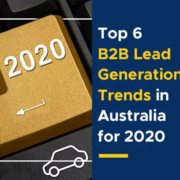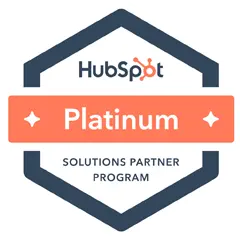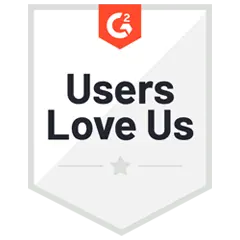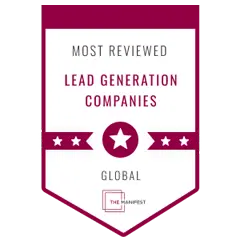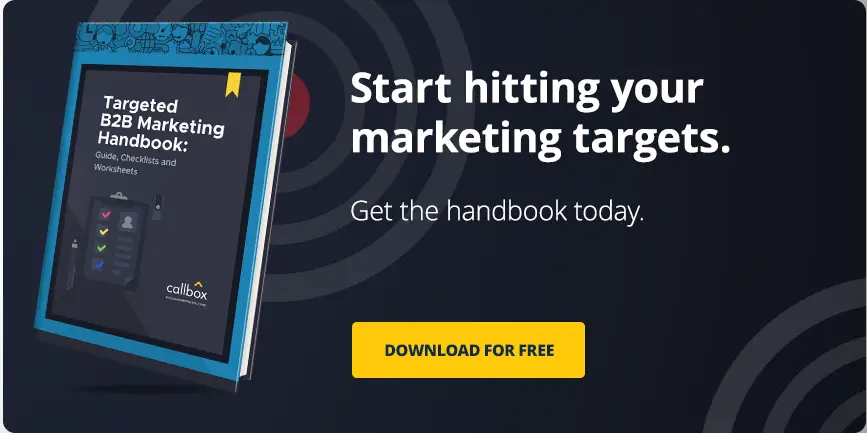7 Warning Signs Your Business Needs to Hire a Lead Generation Company
Lead generation can get stressful, and at times, a company has to eventually throw in the towel.
This doesn’t mean that the battle is over; there are a lot of lead generation agencies that can actually save a company a lot of time and resources, and provide better leads to grow revenue.
How do you know when it’s time to give your lead generation activities to an agency?
We’ll show you how.
There is a Surge in Low-Quality Leads
Almost all business needs leads to survive, but there is a difference between just anyone’s email address and a qualified lead.
Qualified leads are prospects that have the propensity to buy from your enterprise.
These are people with the need for your products or services, have the money to buy, and are your ideal customers.
The great thing about qualified leads is that they save you the time and energy from going through people that don’t or can’t even purchase from you.
If you’ve found that you’ve just been sifting through a long list of people who can’t even use your products or services, then you probably need to turn over your lead generation to an agency.
You’re Not Getting Enough Leads
If you feel like your business is slowing down, then take a look at the number of leads that are coming through. If you’ve done your market research and you know that the numbers aren’t adding up, then it’s time to take a look at how many leads you’re supposed to be getting in a month.
There is always a reason for a low number of leads, and sometimes it’s enough reason for you to source out lead generation to an expert service.
Lead Generation is Costing Too Much Money
In-house lead generation can get expensive.
You need to hire the right people, have the correct data sets, and have all the tools ready to sift through the data that you are producing.
The great thing about lead generation agencies is their ability to do things in scale, making it cheaper for them to handle multiple lead generation accounts using expensive software and lead generation professionals.
If too much money is being spent on in-house lead generation and you are just not getting the results you need, think about outsourcing it to a lead generation agency. You’ll find that your cost-to-lead ratio will be significantly lower than running it from your own company.
Your Industry is a Niche
Niche industries require specialist marketing and lead generation efforts to keep a steady stream of potential clients coming in. It’s hard to build specialist lead generation teams in-house from scratch in industries such as these.
Your marketing team can handle lead nurturing and customer profiling, but there’s a higher possibility that a lead generation agency will be able to provide better insight into the situation that you have.
Your Company is New
If you have a new company, then chances are your finances will always be stretched for the interim and that you’re still onboarding staff members and new technologies.
Adding lead generation to the mix won’t do you any good since it involves complex systems and other special frameworks to be in place.
If you have a new company, then it’s time that you consider outsourcing your lead generation efforts to an agency. It frees up your time looking for a client and allows you to concentrate on your core competencies.
Your Sales and Marketing Team is Being Stretched Too Far
Sales and marketing teams cannot be pushed too far, or else you’ll end up with less than average work and exhausted staff members. If your company seems like it’s pushing its teams too far, then there is a need for you to outsource lead generation efforts.
You can’t add extra responsibilities to a team that’s already showing signs of maximum capacity.
You Haven’t Had a New Client in a Long Time
Different products have different product sales cycles, but even products with long sales cycles have a steady stream of clients coming in.
One of the best signs that you need to hand over your lead generation to an agency is if you haven’t had any new clients in awhile.
Although some might argue that this could be a sign of a business’ decline, this could also mean that you have less than optimal performance as per your marketing lead generation efforts.
Sometimes, the signs that you need to hand over your lead generation are really subtle, a sudden dip in new orders or your marketing head feeling a little more overwhelmed than usual.
It’s vital that you act when you notice these little signs to ensure that your company maintains its rhythm for growth.
